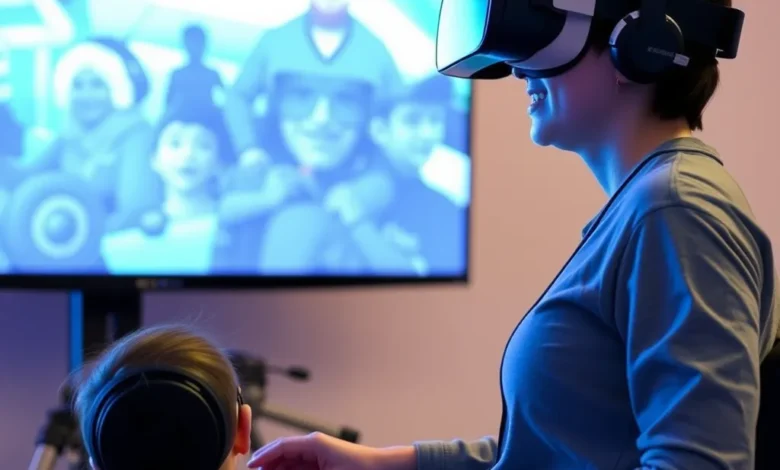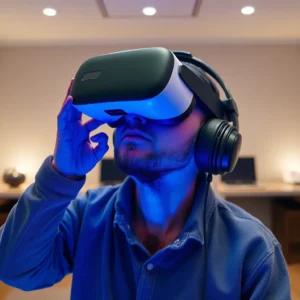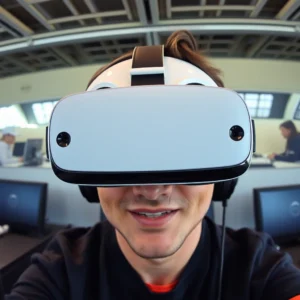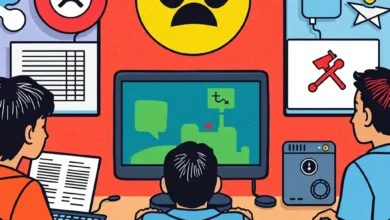Virtual Reality and Accessibility: Making Gaming Inclusive for Everyone

Virtual reality has transformed the way we experience games, offering immersive adventures that can transport us to distant planets, ancient cities, or even fantastical dreamscapes. But as VR technology becomes more mainstream, a crucial question arises: Is this new frontier truly open to everyone? The push for accessibility in VR is not just about technology—it’s about ensuring that all players, regardless of ability, can participate, connect, and enjoy the magic of virtual worlds.
Why Accessibility in VR Matters
Gaming has always been about breaking boundaries, but for many, physical, sensory, or cognitive barriers have made participation difficult. VR, with its promise of presence and interaction, can be both liberating and limiting. For someone with limited mobility, traditional VR controllers may be hard to use. Players with visual or hearing impairments might miss out on critical cues. Cognitive challenges can make complex interfaces or fast-paced action overwhelming. True accessibility means acknowledging these differences and building experiences that adapt to the needs of every player.
Innovative Features Opening Doors
Developers and hardware makers are increasingly aware of the importance of inclusive design. Here are some of the features making VR more accessible:
-
Customizable Controls: Many VR games and platforms now let players remap buttons, adjust sensitivity, or use alternative input devices. Adaptive controllers and voice commands are opening up new ways to play for those with limited dexterity.
-
Visual and Audio Support: Subtitles, adjustable text size, and high-contrast modes help players with visual or hearing impairments. Some games offer spatial audio cues or haptic feedback, so information can be conveyed through touch and sound as well as sight and hearing.
-
Locomotion Options: VR can cause motion sickness or be physically demanding. Offering choices like teleportation, smooth movement, or even stationary gameplay lets players pick what works best for them.
-
Cognitive-Friendly Design: Simplified menus, clear tutorials, and the ability to slow down or pause action help make games more approachable for players with cognitive or learning disabilities.
-
Colorblind and Dyslexia Modes: Colorblind-friendly palettes and dyslexia-friendly fonts ensure that everyone can read and interpret in-game information.
The Ongoing Challenges
Despite these advances, VR accessibility is still a work in progress. Hardware can be heavy, hard to adjust, or require precise movements that not everyone can perform. The cost of VR headsets and accessories, while falling, is still a barrier for many. There’s also a lack of universal standards for accessible VR design, leading to inconsistency between games and platforms.
Sensory overload is another concern. VR environments can be intense, filled with flashing lights, rapid movement, and dense audio. For some players, especially those with autism or sensory processing disorders, these experiences can be overwhelming rather than enjoyable.
Listening to the Community
One of the most promising trends is the growing involvement of disabled gamers in the design process. Developers are increasingly seeking feedback from players with a wide range of abilities, inviting them to test games and suggest improvements. This collaboration leads to smarter, more effective accessibility features and helps ensure that no one is left out of the fun.
A Future Where Everyone Belongs
The journey toward fully accessible VR is ongoing, but the progress so far is encouraging. As technology evolves, we can expect lighter headsets, more intuitive controls, and smarter software that adapts to each player’s needs. Eye-tracking, gesture recognition, and AI-driven personalization are just a few of the innovations on the horizon.
Ultimately, making VR accessible isn’t just about compliance or checking boxes—it’s about creating a sense of belonging. When everyone can step into a virtual world, explore, compete, and create alongside others, the entire gaming community benefits. Inclusion fuels creativity, broadens perspectives, and makes the magic of VR richer for all.
As we look to the future, the goal is clear: to ensure that virtual reality is truly a space where everyone, regardless of ability, can play, connect, and be inspired.




